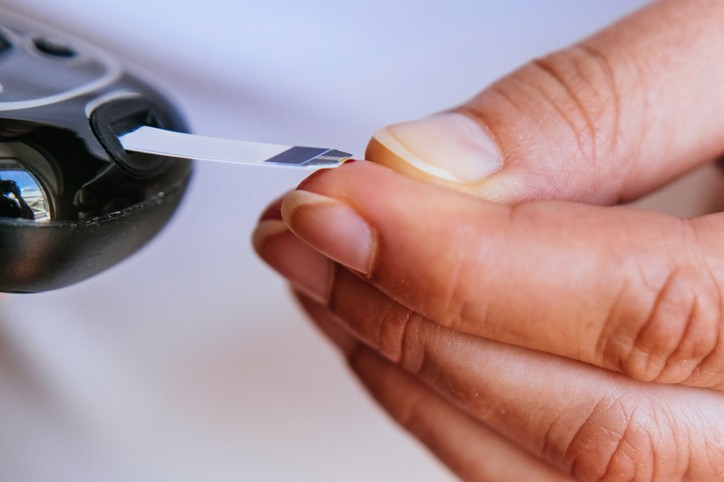Taking an in-office gestational diabetes (GD) test at around 24 to 28 weeks of pregnancy is one of those necessary evils, at least if you want to avoid using a glucometer multiple times a day for three to four months. Or worse, risk being rushed to a C-section as some doctors/hospitals will assume, out of precaution, that you…








